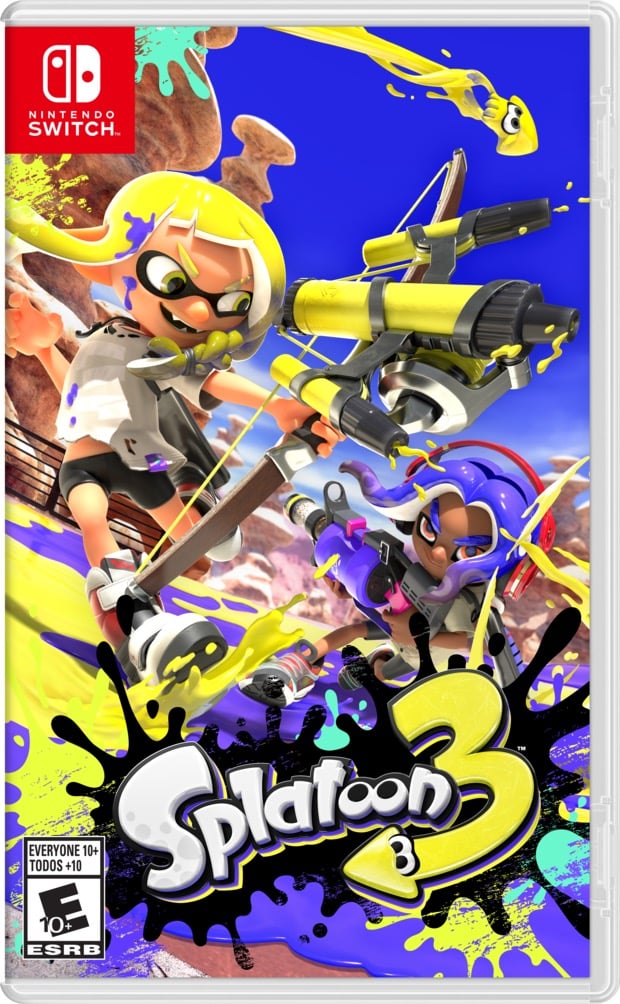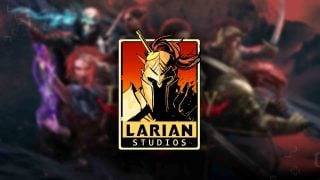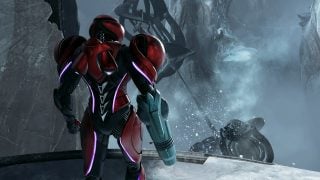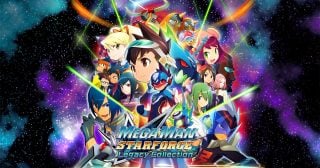It’s generally assumed that most game franchises in Nintendo’s wheelhouse follow chronologies that are vague or at least loose. There may be an order for Metroid games, but we don’t know specifically how far apart they all are. Kirby has countless adventures, but we don’t know how he’s aged (if at all) in whatever timespan he’s completed them in. But it appears that the world of Splatoon is different — in a round of Ask the Developers, the Splatoon 3 team revealed that time in the world of Splatoon has passed in perfect relation to ours: 3 takes place five years after 2, which took place two years after the first game.
“This may be something a bit unusual for a Nintendo game. It is also the year 2022 in the Inkling world,” said director and art director Seita Inoue. “In many other games, for example, the characters do not age even if time passes in the real world, or time moves forward in the game regardless of the time in the real world. But in Splatoon 1, 2, and 3, the same amount of time has passed in the squid world as in the real world.” They point to the character Murch growing as an example.
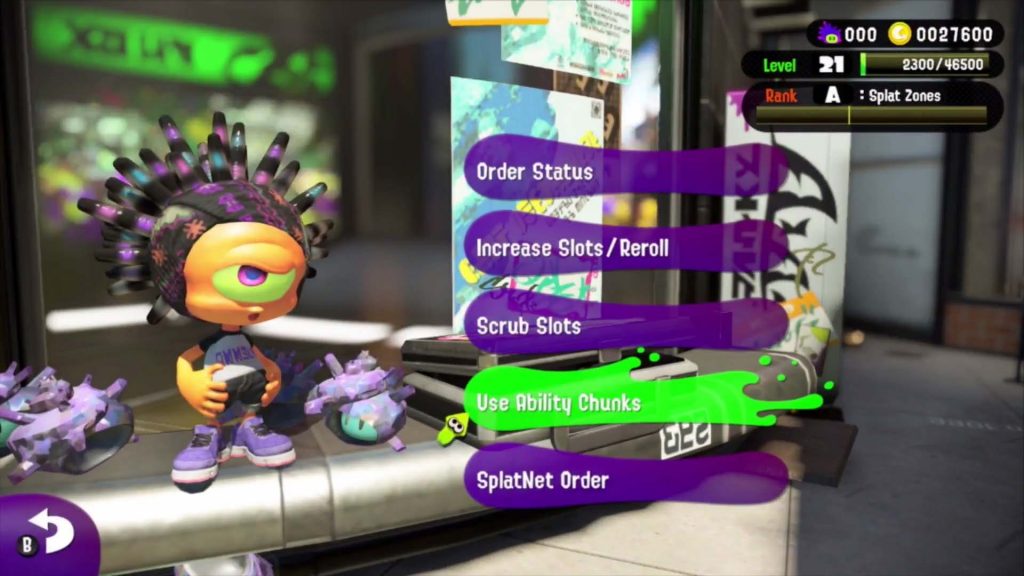
While this was done in part to let the players feel like the game universe was growing alongside their own lives, it also reflects a cultural shift internally within the world of Splatoon. In the first game they focused on making a “simple, mischievous street culture,” which then turned to “urban sophistication” in the 2nd title as a sort of response or development to the first. Now, after the final Splatfest for 2 led to a game theme of Chaos, the world is in a state of countercultural rebellion, moving away from the city into a setting of rural wilderness.
The devs also discuss the concepts of “haikara” and “bankara.” Haikara was a late 19th century term used to describe Western lifestyles, eventually evolving to imply “progressive,” “modern,” or “fashionable” (Inkopolis Square/Plaza were called Haikara City/Square in Japanese, both reflective of a modern city like Tokyo). In contrast, “bankara” was a countercultural reaction to haikara in the early 20th century, a wild way of dressing and acting that resisted “high-brow” Western culture flowing into the country (Splatsville is called “Bankara Town” in Japanese). As such, in reaction to the previous game’s more sleek urban setting, 3 takes place far away in the sticks, in a place of abandoned development and untapped wilderness.
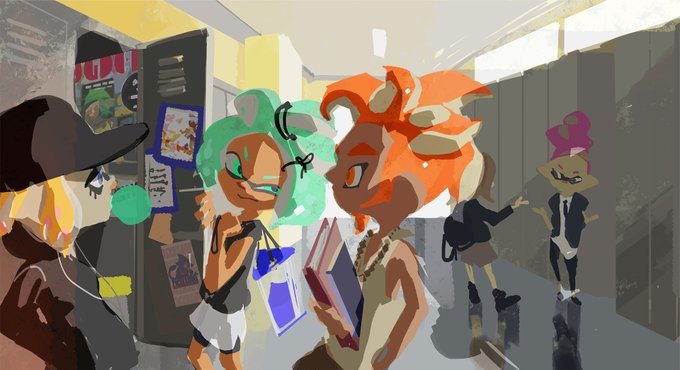
It’s fascinating to see the dev team attempt to think about how the world would organically respond to its own trends and ideas alongside our own. World building has always been one of Splatoon’s greatest strengths, and seeing the thought, inspiration, and dedication the developers put into it is a real treat.
Be sure to read the full Ask the Developers interview (Part 1 and Part 2) for more.
Leave a Comment
